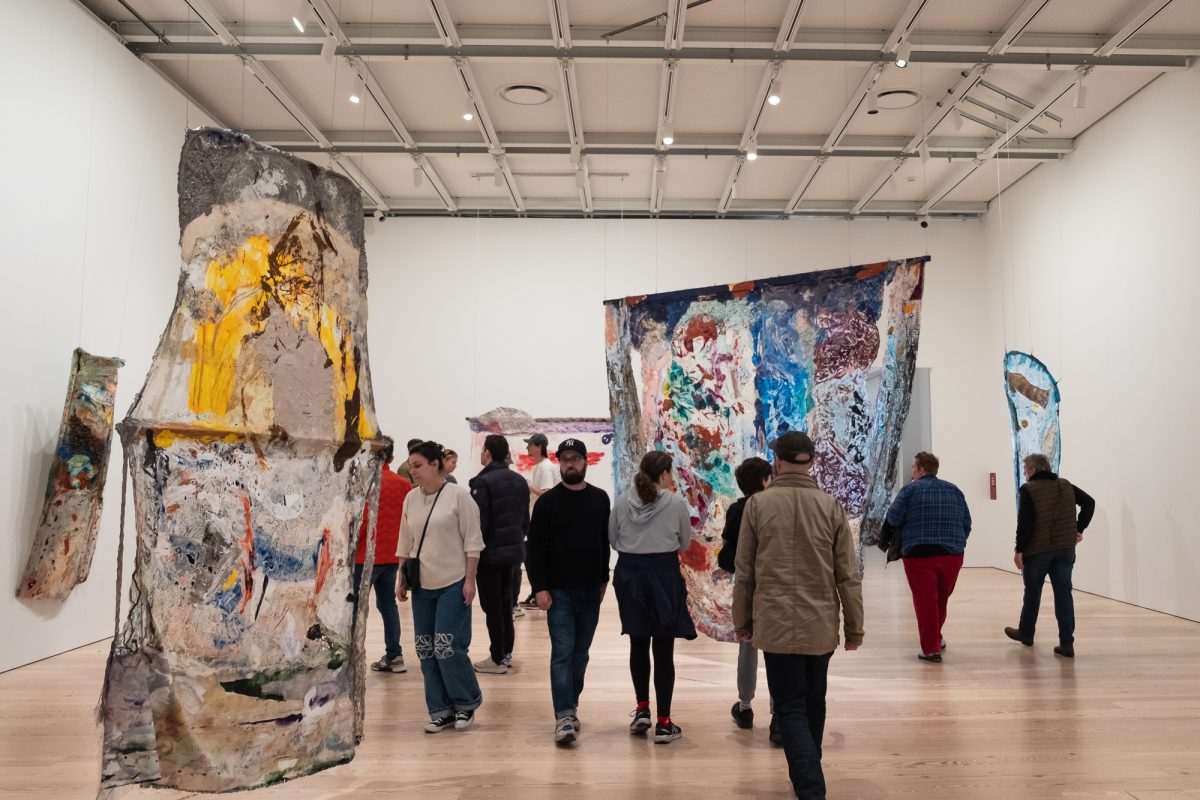‘The Dress’ Brings Polarizing Topics Out of the Closet
The confusion surrounding the true color of two toned apparel is according to how we perceive the source of light according to Pascal Wallisch, an assistant professor of Psychology at NYU.
November 20, 2017
The internet was divided in February of 2015, when a picture of a dress led people to intensively debate whether the colors were white and gold or blue and black. Even after 10 million tweets on the subject, various hashtags and a confirmation that the dress was actually black and blue, people are still asking questions about how and why this happened.
Pascal Wallisch, a clinical assistant professor of psychology at NYU, is trying to answer the question on why people perceive “The Dress” as black and blue or white and gold. He believes that his findings about “The Dress” can lead to the promotion of benign conversations about polarized topics.
Washington Square News: You said you are researching “why do people construct the subjective reality they inhabit.” Can you summarize the research for us?
Professor Wallisch: The research on the dress and shoes — the shoe is new so I have not done research on it yet, but my research is on these concerns: some people see the dress as white and gold and some see black and blue. The question is why? In the case of the dress or the shoe, if you have seen more sunlight, which is blue, and someone has a lot of experience with artificial light, which is yellow, then they will assume that the information was blue or yellow.
Some people have seen more sunlight and some people have seen more artificial light. This can be based on when they go to sleep. If you are a night owl, you will experience more artificial light because you sleep and wake up late, which makes you see more black and blue because you assume more artificial light. It’s called color constancy when you subtract that from the image mentally.
In a nutshell, the idea is that the stimulus and the image determine the response of your brain. Your brain puts something else in there and what come out are your assumptions about the world, your prior expectations. Basically, your assumption is what light matters.
WSN: Can you briefly state what unanswered questions you would like to continue investigating in your research?
PW: It would be personalities. Do different personalities, such as being outgoing, being nice or being diligent, have any influences on how people view this world?
The unanswered question would be what other factors other than color constancy influence your perception like personality. Now we have preliminary evidence that some personalities matter, which also means that how you see the world depends on who you are. It’s quite radical.
WSN: How do you believe that your research can help people have more benign discussions on polarized topics such as politics?
PW: The research on such things is going to be important in a moment because if we disagree about the dress, it doesn’t matter. But if we disagree about politics, although it’s the same idea, it’ll be different. Let’s say you’re liberal and I’m conservative, we can argue all day about the outcome, but I am not going to convince you.
Same with something physical, if you see the dress is white and gold and I say it’s black and blue, there’s nothing I can say that will change your mind.
Why do we live in the same world but have different believes and positions? Because we have different experiences, therefore, we have different assumptions.
So for the benign discussions, if we can sincerely disagree about the dress, the shoe or anything in the world, and if we know that we can disagree about these topics, maybe we should start allowing for that. The reason we disagree is not because the world is different and one of us is wrong, but because we make different assumptions.
The idea is that the evidence might be the same, but your brain always gives you a conclusion based on the evidence and your assumptions. The brain does not tell you what the assumptions are, but you make assumptions. However, the existing stimulus such as the light and dress color, should make you aware that we can disagree for reasons other than thinking one of us is crazy, or evil, or ignorant. So we need to be mindful, and that is the hope.
The experience determines different assumptions, and the assumptions together with evidence determine different conclusions, so there is no point arguing about the conclusion. And this is also what I am saying that the research idea can be therapeutic, so we can disagree for good reasons.
A version of this article appeared in the Monday, Nov. 20 print edition.
Email Christine Lee at [email protected].












































































































































